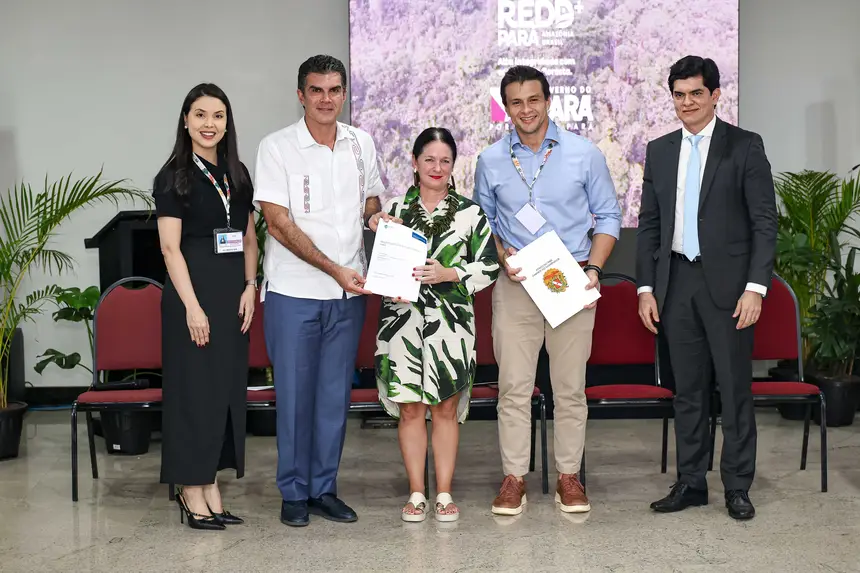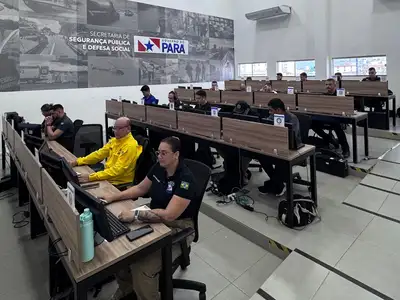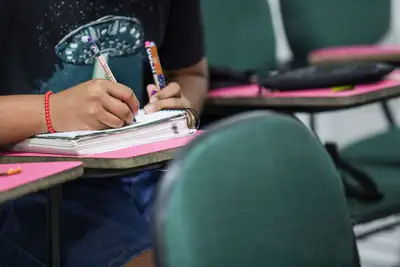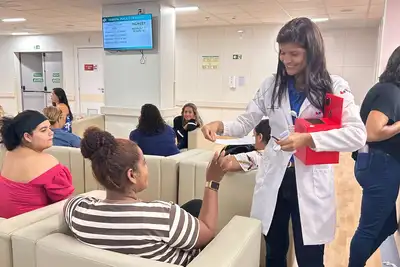Pará begins international certification of emission reductions and advances in the carbon market
With 38 million tons of CO₂ avoided in 2023, the State submits documentation to the ART TREES standard and consolidates its jurisdictional credit system

The Government of Pará took another decisive step towards consolidating its REDD+ Jurisdictional System by delivering, this Thursday (13), to the international ART TREES standard, the Registration Document (TRD) and the Monitoring Report (TMR), which prove the reduction of 38 million tons of CO₂ in the year 2023. This delivery marks the beginning of the international certification of the State's emission reductions and enables Pará to advance to the independent validation stage, necessary for the issuance of carbon credits at the jurisdictional scale.
The ceremony was held in Belém, during the COP30 program, with the presence of Governor Helder Barbalho, state authorities, representatives of traditional peoples and communities, and the Norwegian Minister of Climate and Environment, Andreas Bjelland Eriksen.
Leadership and institutional maturity
By formalizing the delivery of the documents, Governor Helder Barbalho emphasized that the State reaches certification based on robust technical foundations, structured governance, and measurable results in combating deforestation.
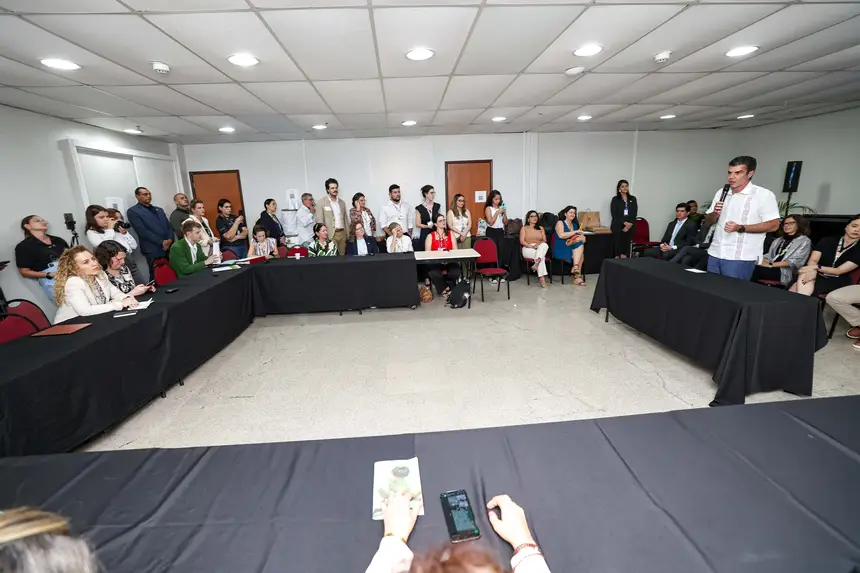
“The submission of our certification request to ART TREES marks a decisive step to consolidate Pará's REDD+ Jurisdictional System. We are presenting to the world real results of emission reductions and the capacity to quickly reach over 300 million tons of CO₂ avoided. This process reinforces the credibility of our operation, sends a clear message to the market, and demonstrates that Pará is prepared to lead a high-integrity carbon program based on science, governance, and transparency,” he stated.
International support and social participation
The structuring of the system was supported by Norway, through the International Climate and Forest Initiative (NICFI), which allocated R$ 42 million to the program. The funds financed the technical development and the 47 Free, Prior and Informed Consultations (CLPIs) conducted with indigenous peoples, quilombola communities, family farmers, and extractivists throughout the state.
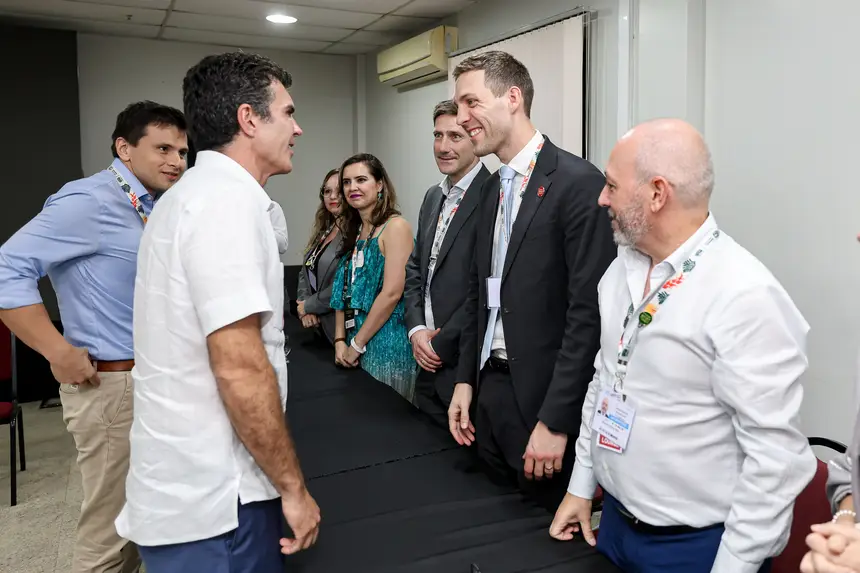
Present at the ceremony, Minister Andreas Eriksen praised Pará's commitment to an inclusive climate agenda with global impact.
The Secretary of Environment and Sustainability of Pará, Raul Protázio, also highlighted the importance of social participation. “Today we celebrate three fundamental milestones: the submission of the documentation to ART TREES, the technical consolidation of the system, and the broad social listening. These results need to be shared with those who preserve; this is the heart of the program,” he stated.
Towards the issuance of high-integrity credits
With 86 million hectares of forests, Pará represents 17.7% of Brazil's forest cover and stands out as one of the main jurisdictions in the world in terms of potential for generating high-integrity carbon credits.

The State's performance already shows significant results. In 2023, 38 million tons of CO₂ were avoided compared to the historical average for the period 2018–2022. The projection for the 2023-2027 cycle is approximately 260 million tons of emissions reduced or avoided.
With the delivery of the TRD and TMR, Pará now enters the Independent Validation and Verification (VVB) stage, the final technical phase before formal certification and the issuance of credits. The expectation is that the system will be fully operational by 2026, with certified credits traded with the support of the Pará Environmental Assets Company (CAAP).
Benefits for those who preserve
Governor Helder Barbalho reinforced that the State's carbon policy is directly connected to generating opportunities for the populations that keep the forest standing.
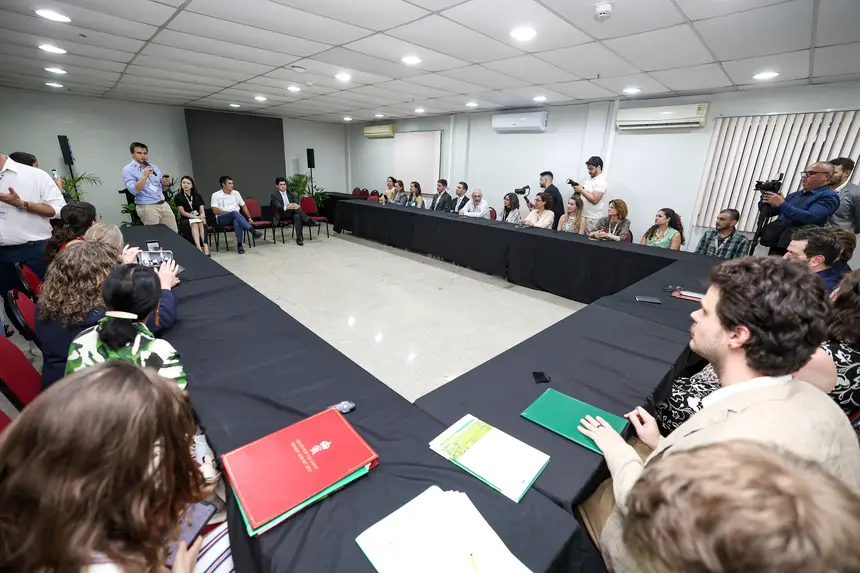
“We are building a new economy of scale for the Amazon, an economy that rewards those who preserve, that values indigenous peoples, quilombolas, extractivists, and family farmers. We are now entering the full implementation phase, so that the jurisdictional carbon agenda translates into concrete benefits for those who live in the forest and so that the State contributes decisively to meeting global climate goals,” he concluded.
On this occasion, a financial intermediation contract was also signed between the State Government and Emergent Finance Forest Accelerator Inc, the financial intermediary of the LEAF Coalition, and the United Nations Development Program (UNDP) Brazil, which will be responsible for implementing direct and indirect economic benefits, financed by the sale of carbon credits from the Pará Jurisdictional Program, aimed at Indigenous Peoples, Quilombolas, traditional communities, and family farmers.


